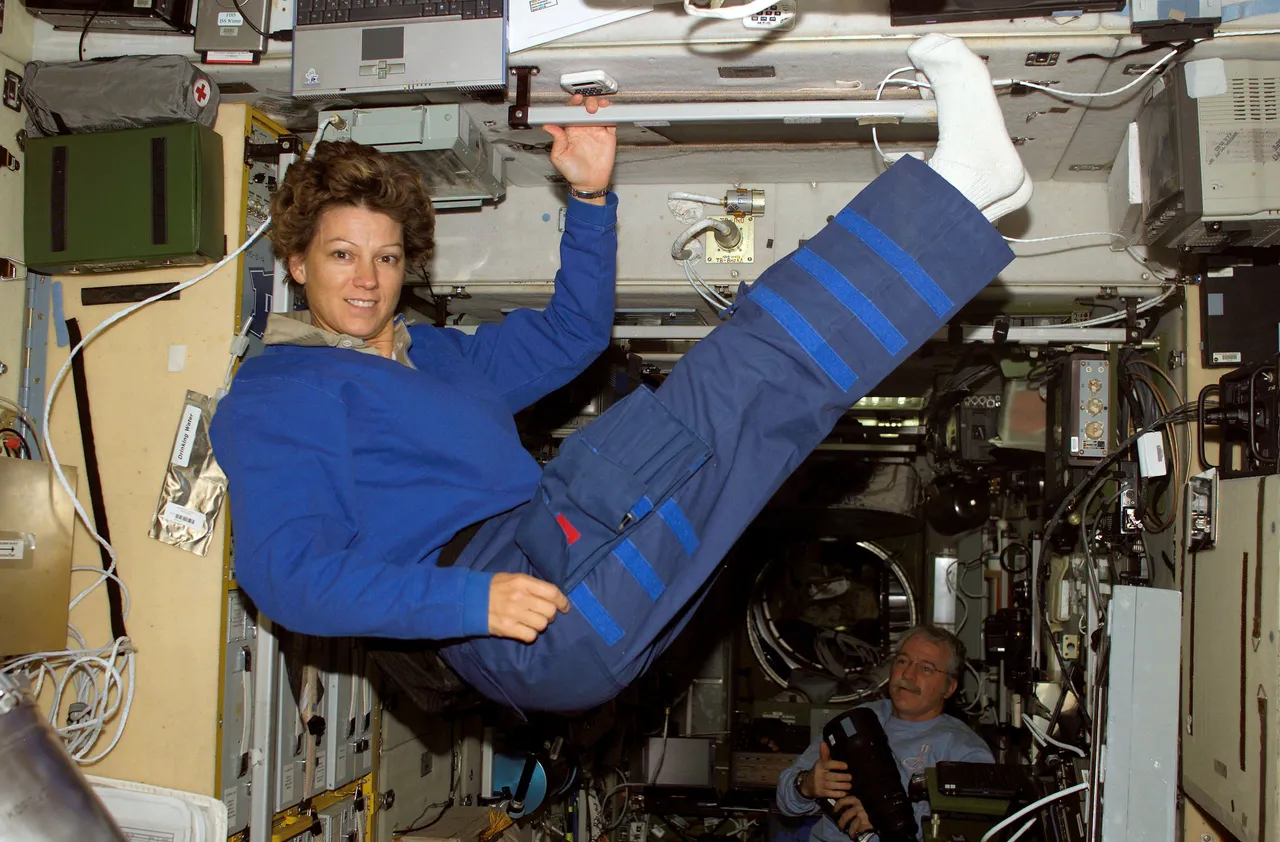
The moment of human landing on the moon became a milestone in humanity's journey into space. In its development, the mission of traveling out of the earth was no longer dominated by male astronauts.
Astronaut women also took part in it, as Sally Ride proved when she became the first female American astronaut to go into space in 1983.
Since then, the question arises about the role of women in outer space. One of them is a matter of monthly cycles or menstruation that must be passed by a woman.
While carrying out his first mission, Ride brought along 100 pads for supplies for a week. This he did, although initially, NASA's medical staff was not sure how microgravity would affect menstruation, whether the blood would flow as it should or return to the womb and cause health problems.
Apparently, menstruation in outer space is not much different than on earth with a mission record run in short duration. Another story if the astronauts perform missions in a long time, like to mars.
Because the waste disposal system at the International Space Station (ISS) is not designed to manage menstrual blood. This toilet system is connected to a water reclamation system that recycles urine into drinking water.
Meanwhile, personal hygiene is less than ideal in outer space due to the limited water supply so that menstrual periods are not as practical as on Earth. So, what do these astronauts do to prevent the coming months?
A new paper in the journal Microgravity discloses if these female astronauts choose contraception as a middle way to pass their menstrual periods in outer space. Most commonly used is the use of oral progesterone pills.
The second most popular option is the IUD, a contraceptive that is inserted into the womb by a doctor and can last for three to five years. Subdermal implants are also another option because it is safe to use for up to three years.
Last is a Depo-Provera injection, a hormone injection similar to progesterone. These injections should be given every 12 weeks and can be used safely for 2-3 years.
However, according to Kristin Jackson, a Florida-based obstetrician, the best method for female astronauts is to use pills or IUDs. "It's safe for women who want to spend their menstrual periods, but it's important to note that the effectiveness of each method depends on each individual," he explained.
Even so, there are still some concerns about the use of this contraceptive pill that will cause loss of bone density of a person. In addition, Varsha Jain of the Center for Human and Aerospace Physiological Sciences (CHAPS) at King's College London also expressed another concern, that limited cargo space that transports a three-year supply of contraceptive pills into space is not very practical.
"The three-year exploration mission is estimated to require about 1,100 pills that will add mass in the flight," he said.
It took further research to understand various matters related to menstruation, such as hormonal effects as well as loss of bone density in the microgravity environment. But obviously, we need to find out before exploring further.
Reference :
- https://www.sciencealert.com/what-happens-when-you-get-your-period-in-space-astronaut
- https://www.sciencealert.com/what-happens-when-you-get-your-period-in-space-astronaut
- https://www.self.com/story/this-is-what-happens-when-you-get-your-period-in-space
- http://theconversation.com/how-women-can-deal-with-periods-in-space-58294

